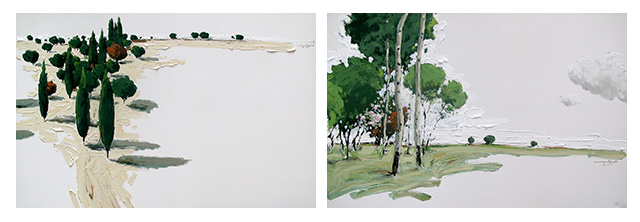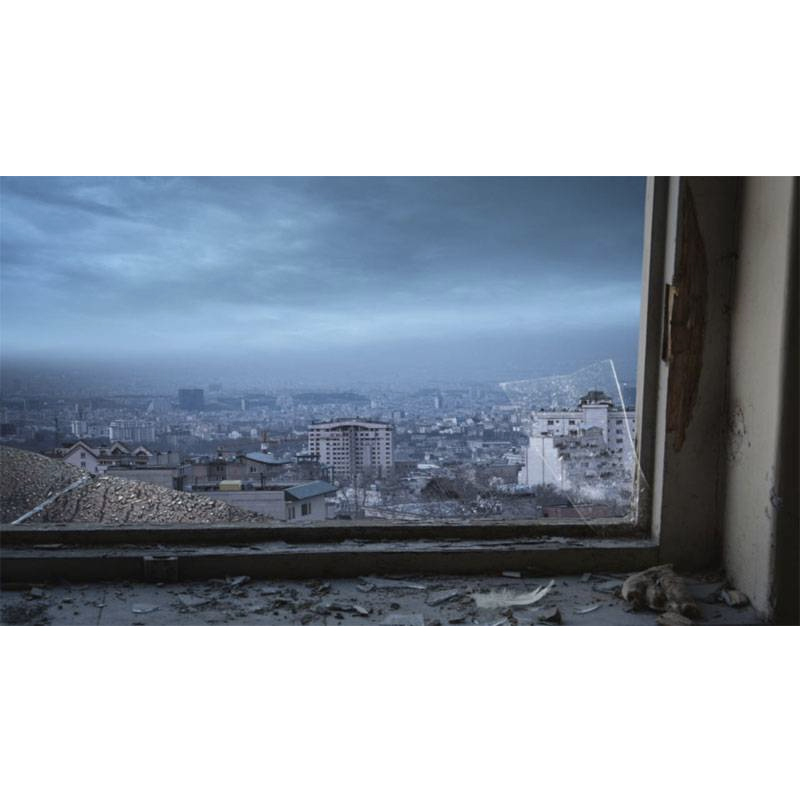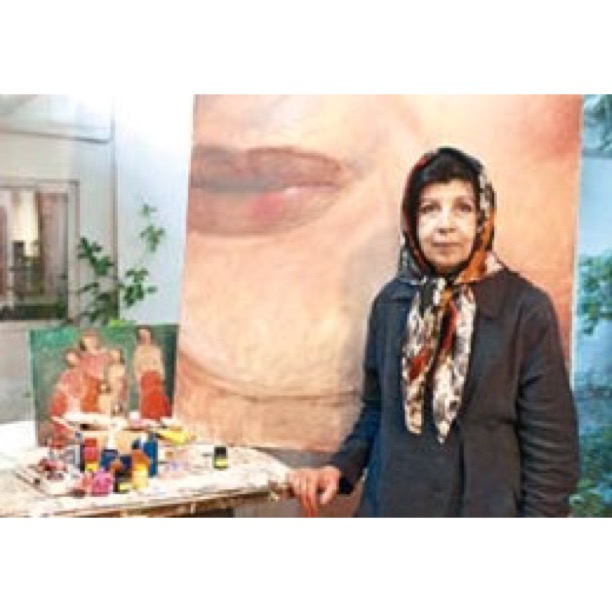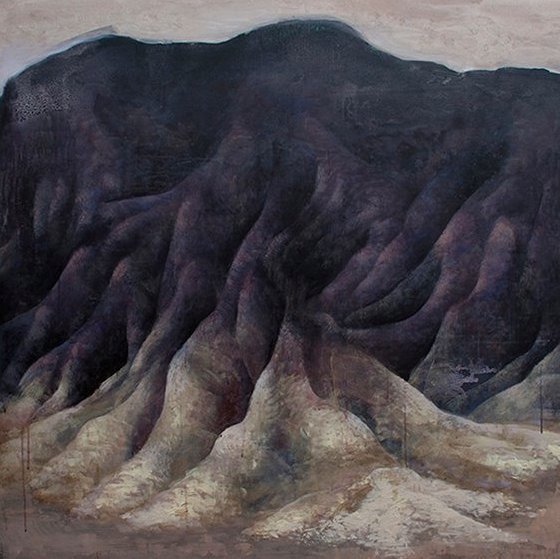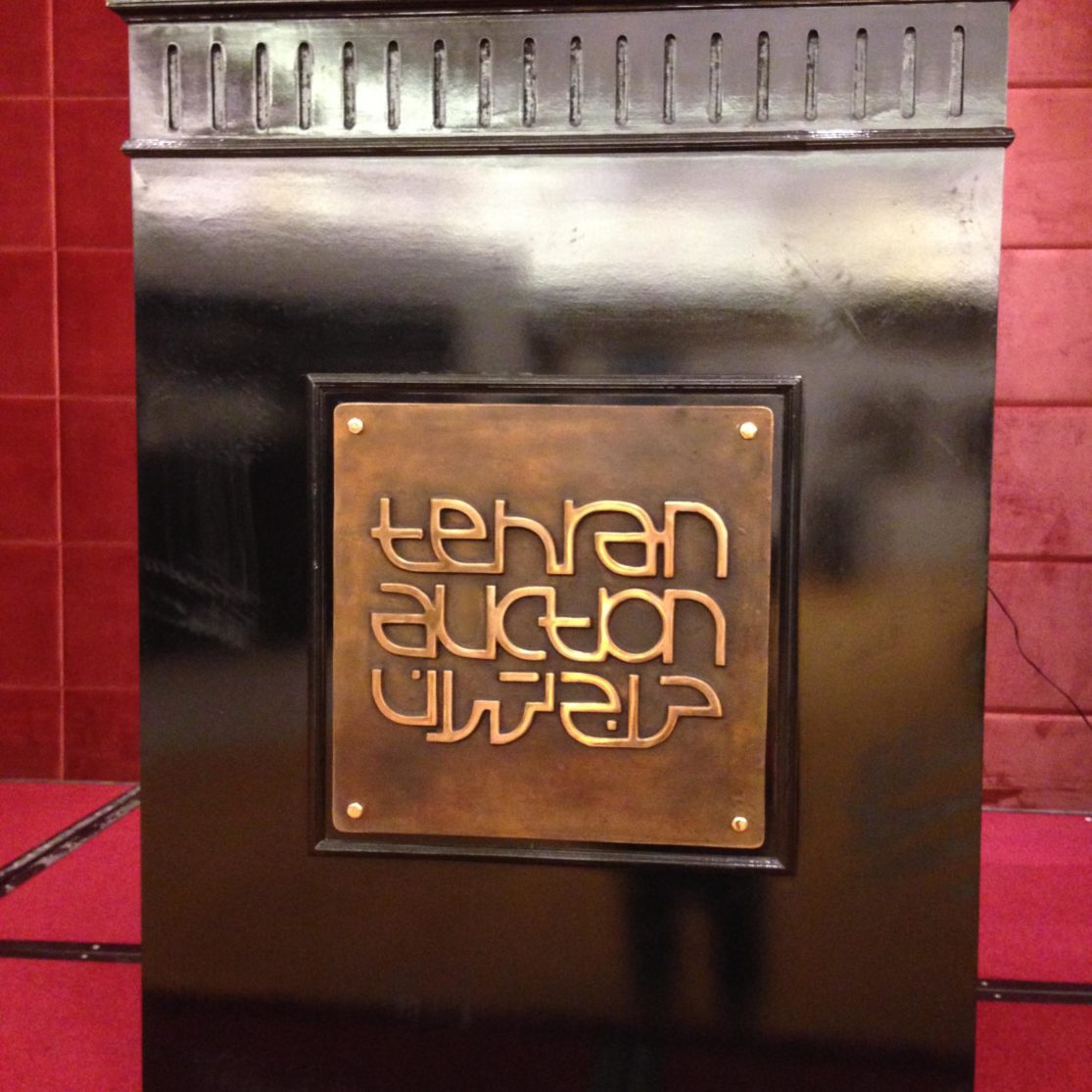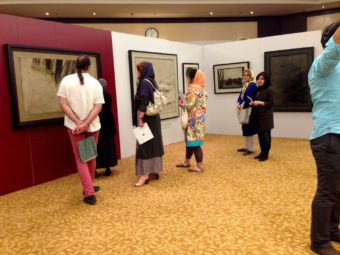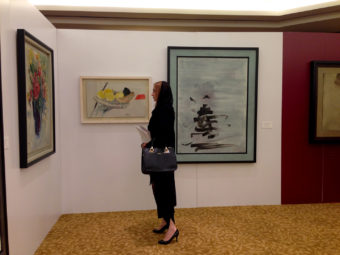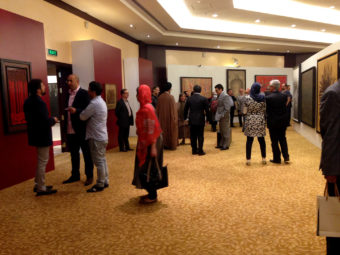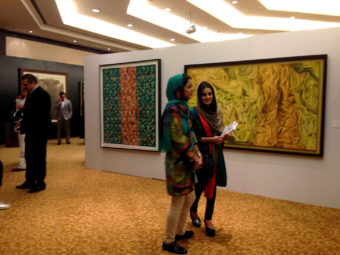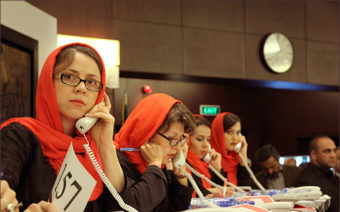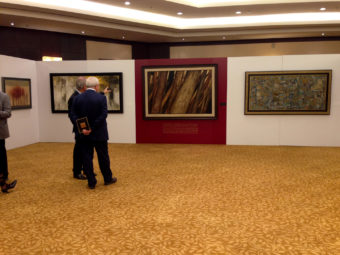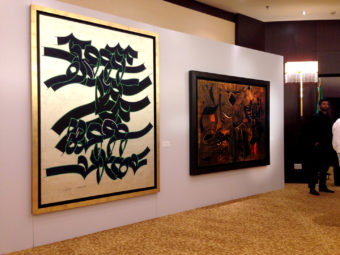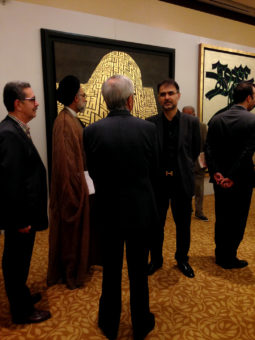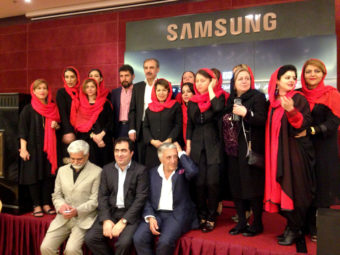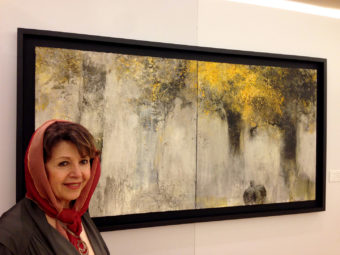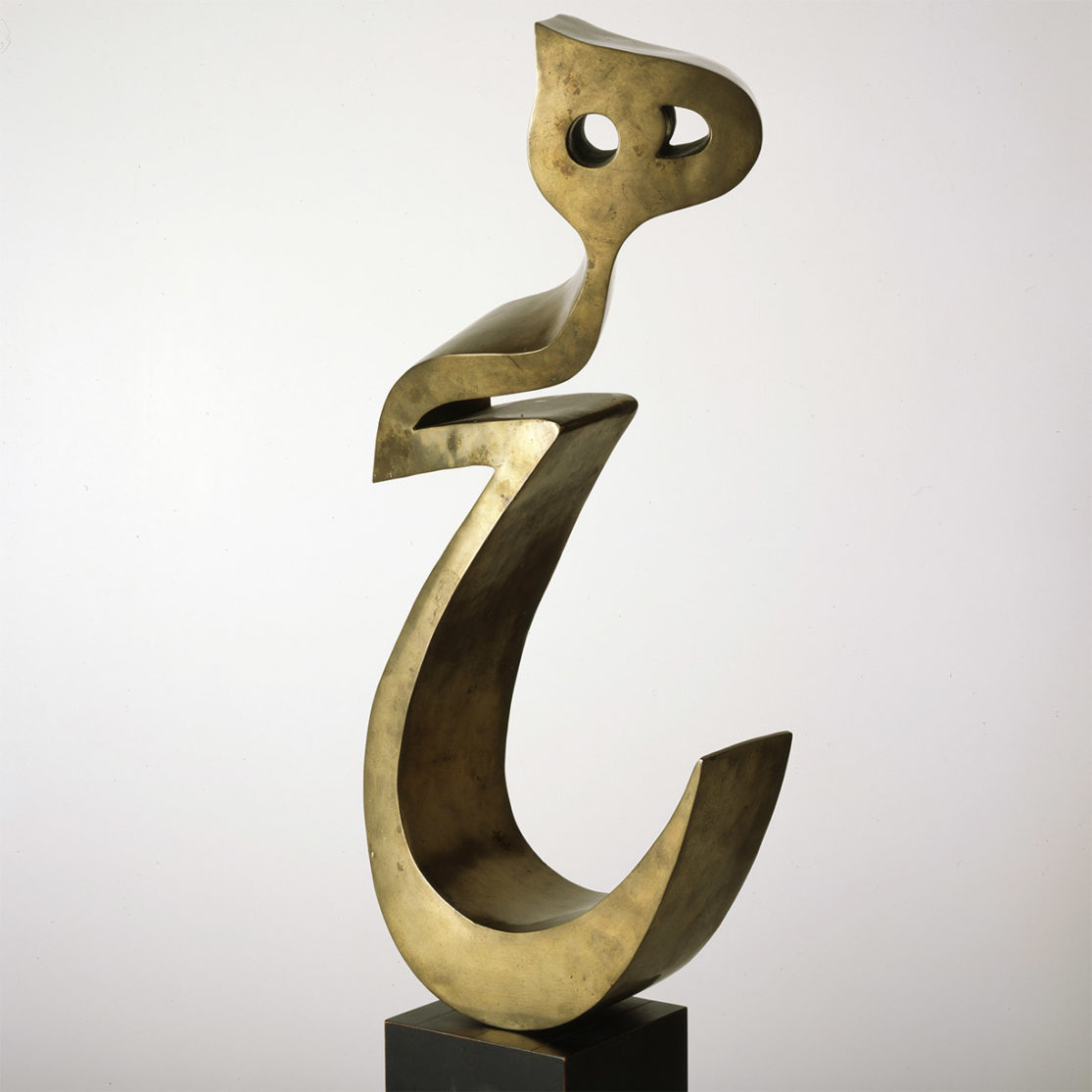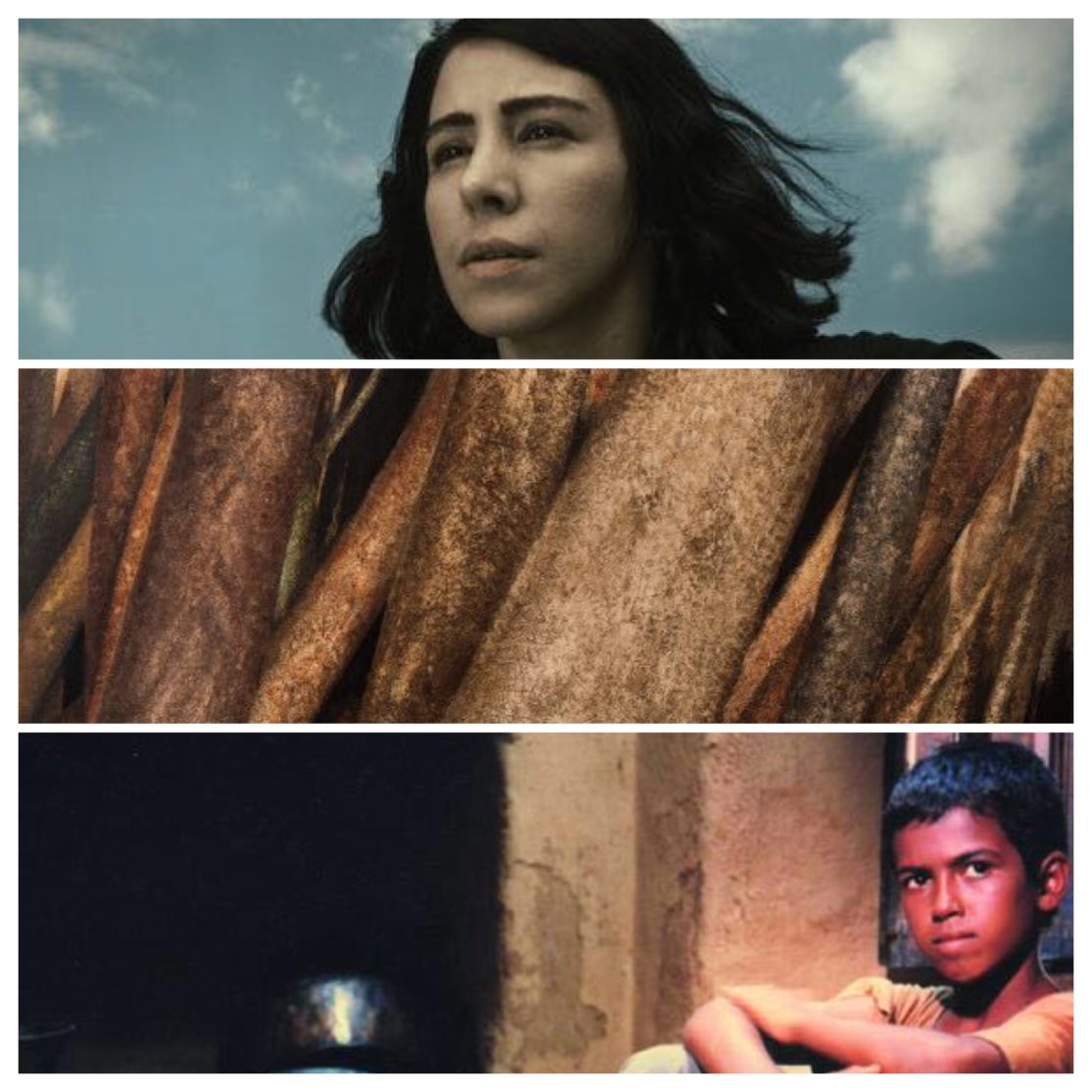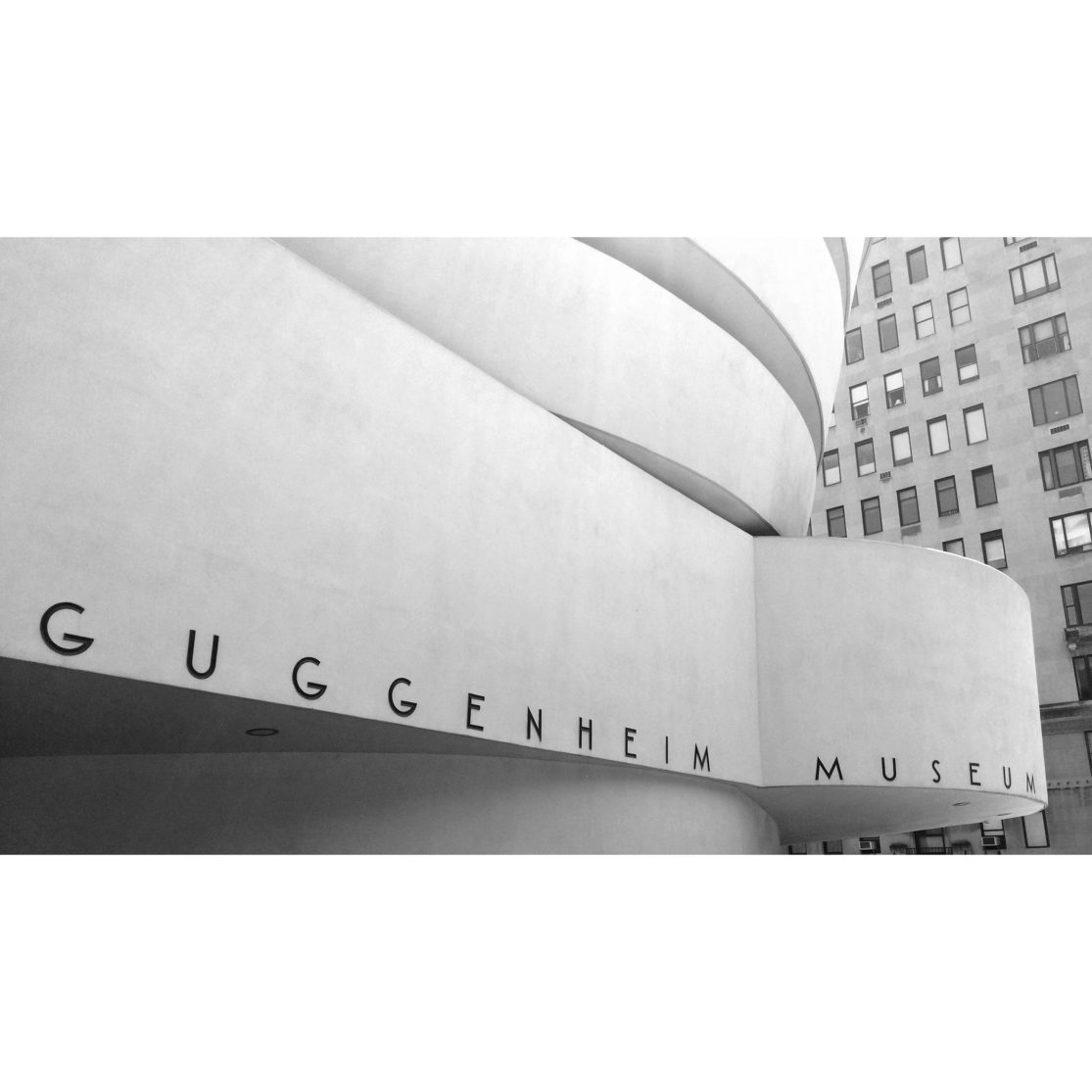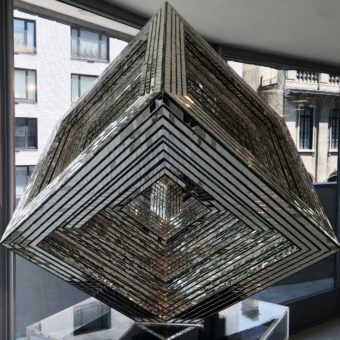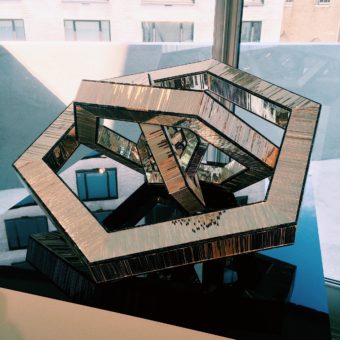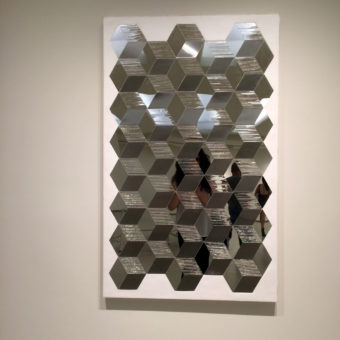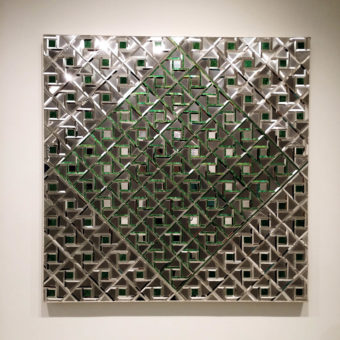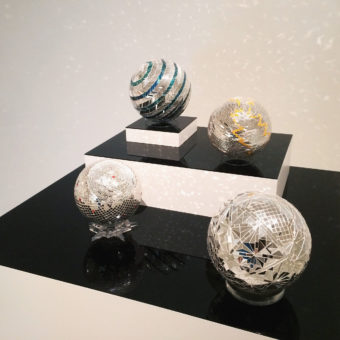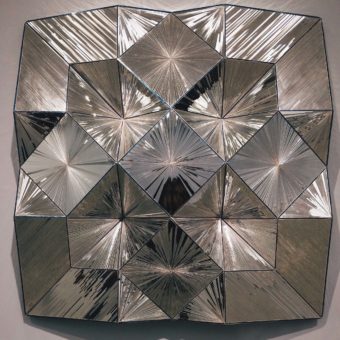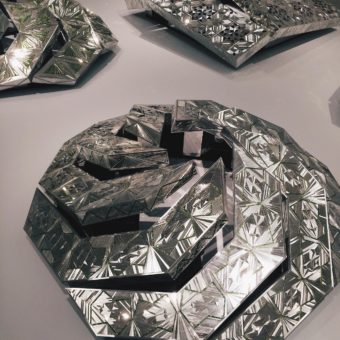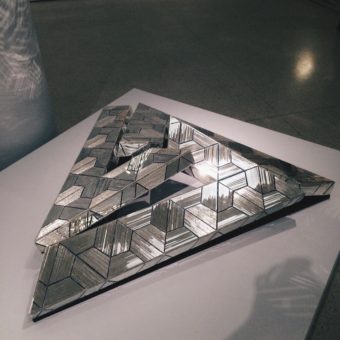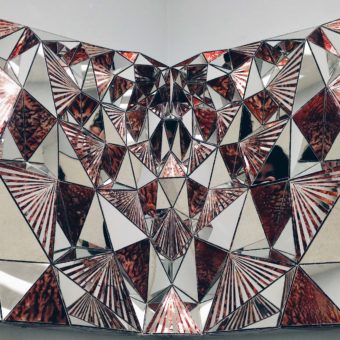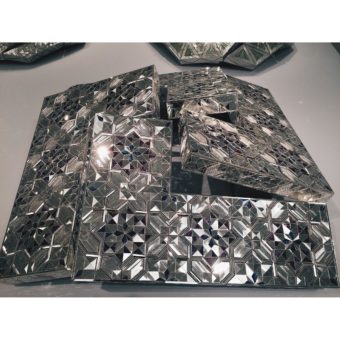Artists in Conversation: Mahvash Joorabchi
We bring you the second installment of Artists in Conversation. Here is an interview with artist Mahvash Joorabchi.
We genuinely love to hear your thoughts so post some comments and let us know what you think!
Tara Gallery: Why is art important?
Mahvash Joorabchi: Art, in any form, provides a sense of calm to human beings; it is a protection mechanism for humanity. Art also bestows certain gentleness on life.
TG: How do artists perceive life?
MJ: Through one’s art, an artist tries to help life’s beauties overcome its problems and hardships, so it brings more peace and calm to the audience.
TG: What is the most memorable response to your work you’ve heard to date?
MJ: That I work freehanded and also work on details.
TG: What is your favorite work of art?
MJ: Vincent van Gogh’s Almond Blossoms (1890)
TG: Who is your favorite artist?
MJ: Vincent van Gogh
TG: What is your style of work?
MJ: Modern Realism.
TG: Please tell us a little about your work.
MJ: I work with oil on canvas using pallet knives and paintbrushes. Sometimes I use acrylic to draw the outlines. I use these materials to capture and depict the inspiration I receive from nature and forests. Throughout my life, nature has always been my source of inspiration. Trees are symbols of perseverance and unconditional love that exist in life. I am most interested in the trunks of trees rather than their leaves. To me, leaves are a symbol of life’s colorfulness, but mortality, while tree trunks give me strength and fortitude to continue living.
TG: How has your work evolved over the years?
MJ: Through exhibitions and discovering more wonders in tree trunks. Also, by understanding three elements– movement, volume, and color.
TG: What work of art do you most identify with?
MJ: Sohrab Sepehri’s trees.
TG: Tell us a little of your educational and artistic background.
MJ: I have a bachelor’s degree in English Literature from Damavand College in Tehran [a four year Missionary American liberal arts institution which closed in 1979]; I obtained a “3B certificate” in French from the Iran-France Cultural Institute and another institute in Paris, and I have continued learning French until now; I was the library director at the Industrial Management Institute before the [1979 Islamic] Revolution; and I am a member of the Society of Iranian Painters.
TG: What is most integral to the work of an artist?
MJ: Proportions, colors, and ultimately, beauty and the ability to inspire.
TG: What is the artist’s role in society?
MJ: They are the deliverers of beauty and tranquility to their societies.
TG: What inspires you the most?
MJ: Nature and trees.
TG: Should the arts be funded?
MJ: Yes.
TG: How does funding affect art? That is to say, to what extent should financial support interfere with the work of the artist?
MJ: To the extent that it frees the artist from the anxieties of earning a basic living so that they can freely focus their efforts on what really matters– their art.
TG: Of all the opinions that you’ve heard, which opinion or idea has affected you the most?
MJ: That my paintings have soul and depth and transfer to viewers a sense of being in the nature.
TG: What is the biggest issue facing the artist of today?
MJ: The lack of good quality art supplies and, of course,…everything being so expense!
How has your childhood/upbringing affected your art?
MJ: My late father always loved trees and forests and the paintings in our home always featured such scenes. A painting by Manouchehr Niazi has had the greatest impact on me since childhood.
TG: What effect do you hope your art has on the world?
MJ: To change people’s points of view on trees and attract them to the wonder and beauty of tree trunks.
TG: What suggestions or advice would you give to a young or upcoming artist?
MJ: To study and work more and also to find a different point of view on the subjects of their choosing.
To view current available works by Mahvash, please visit our Catalog.

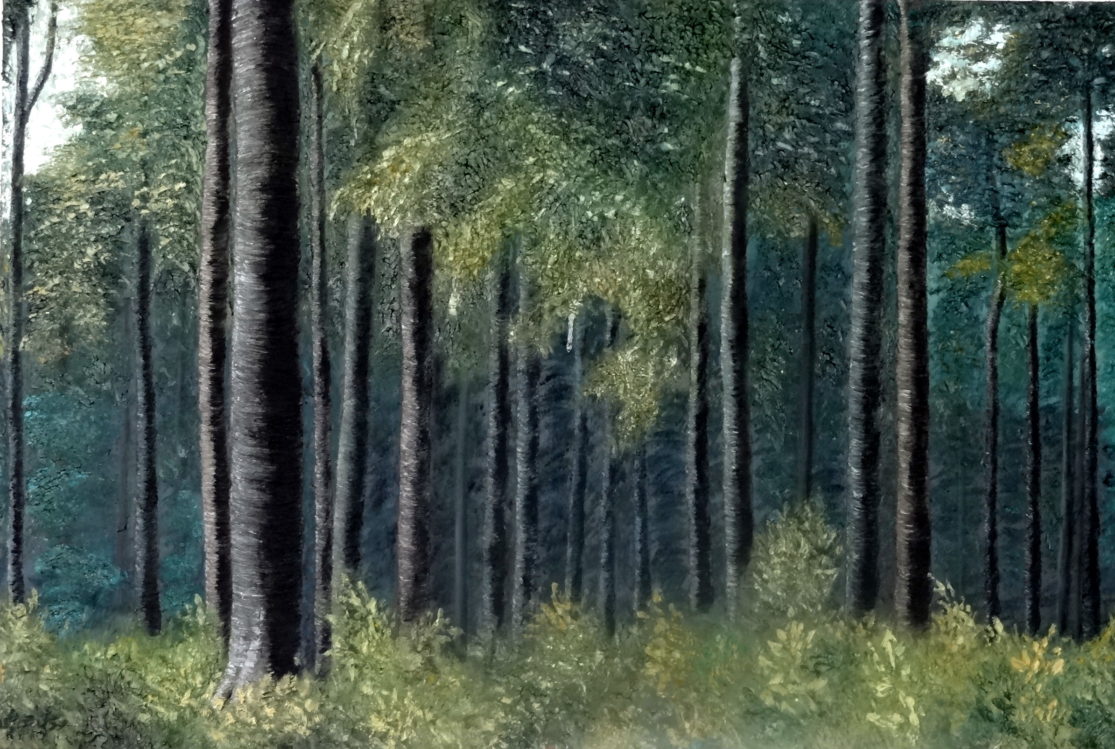

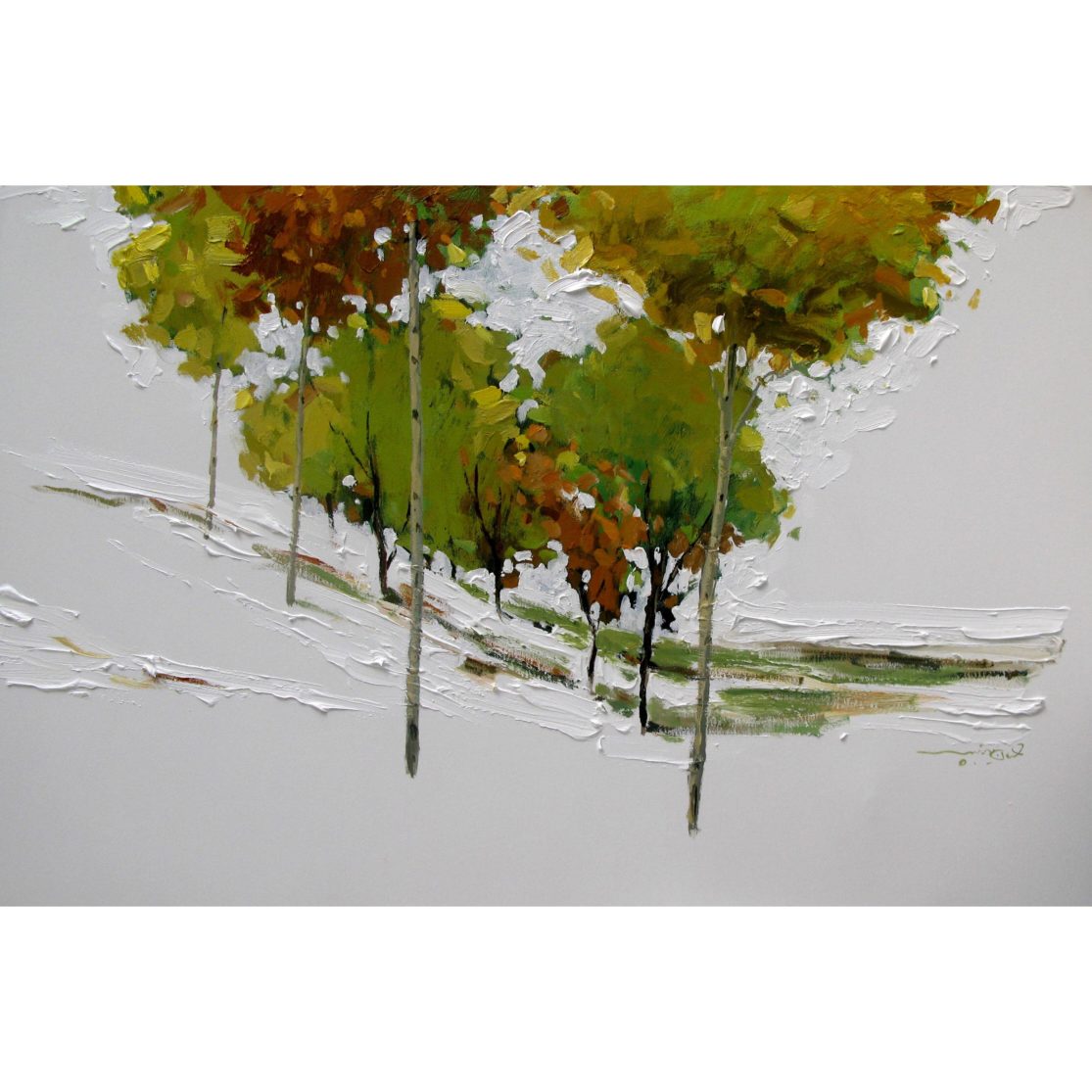
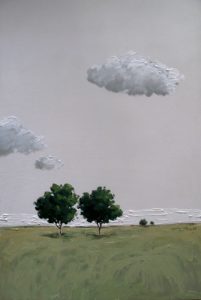 Tara Gallery: Why is art important?
Tara Gallery: Why is art important?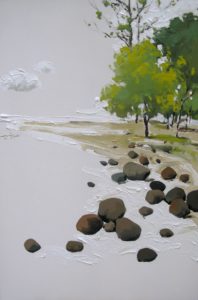 TG: What medium of art do you most identify with?
TG: What medium of art do you most identify with?